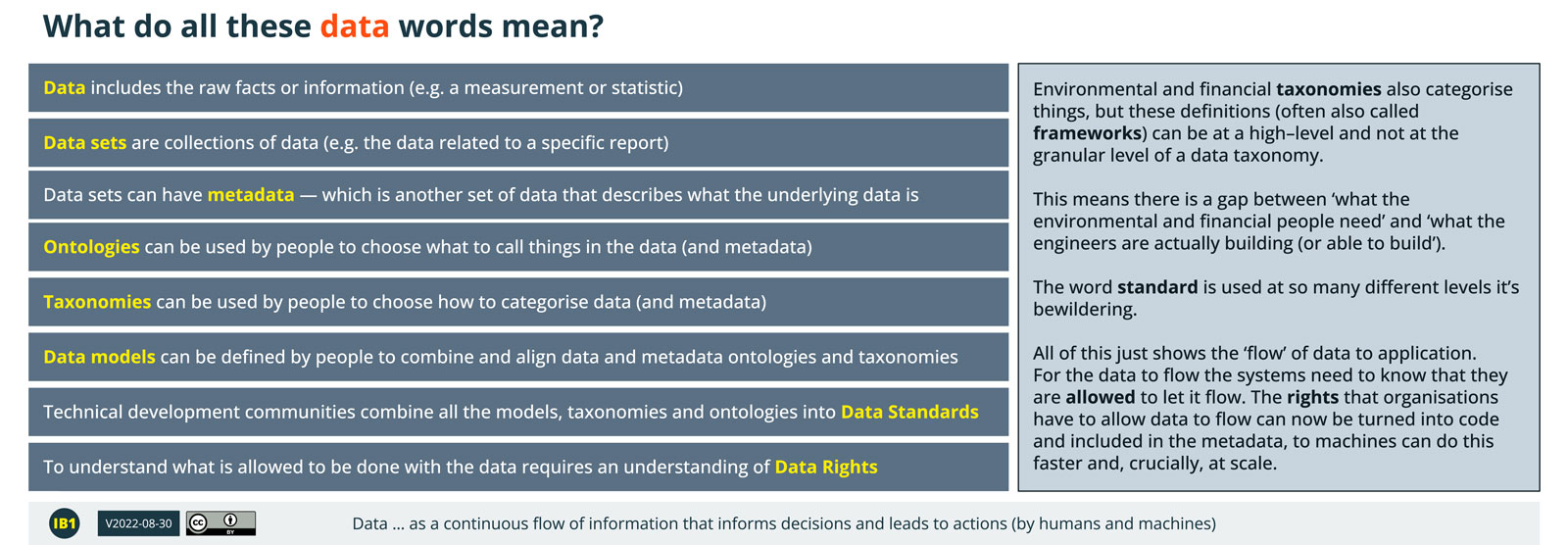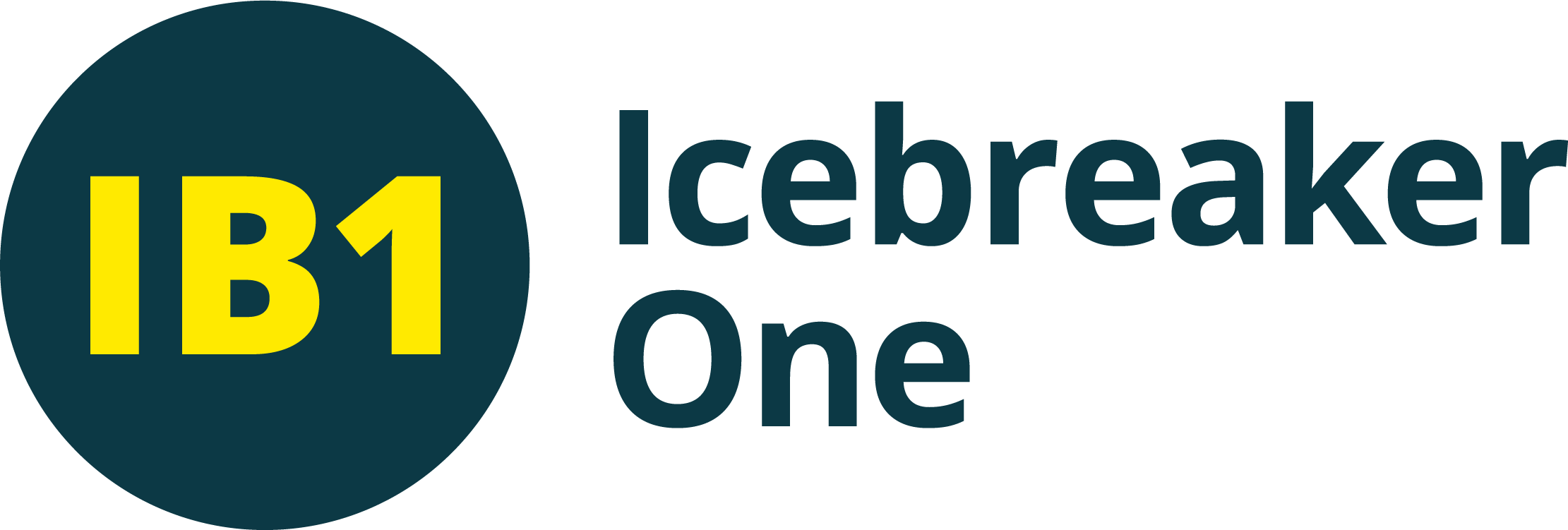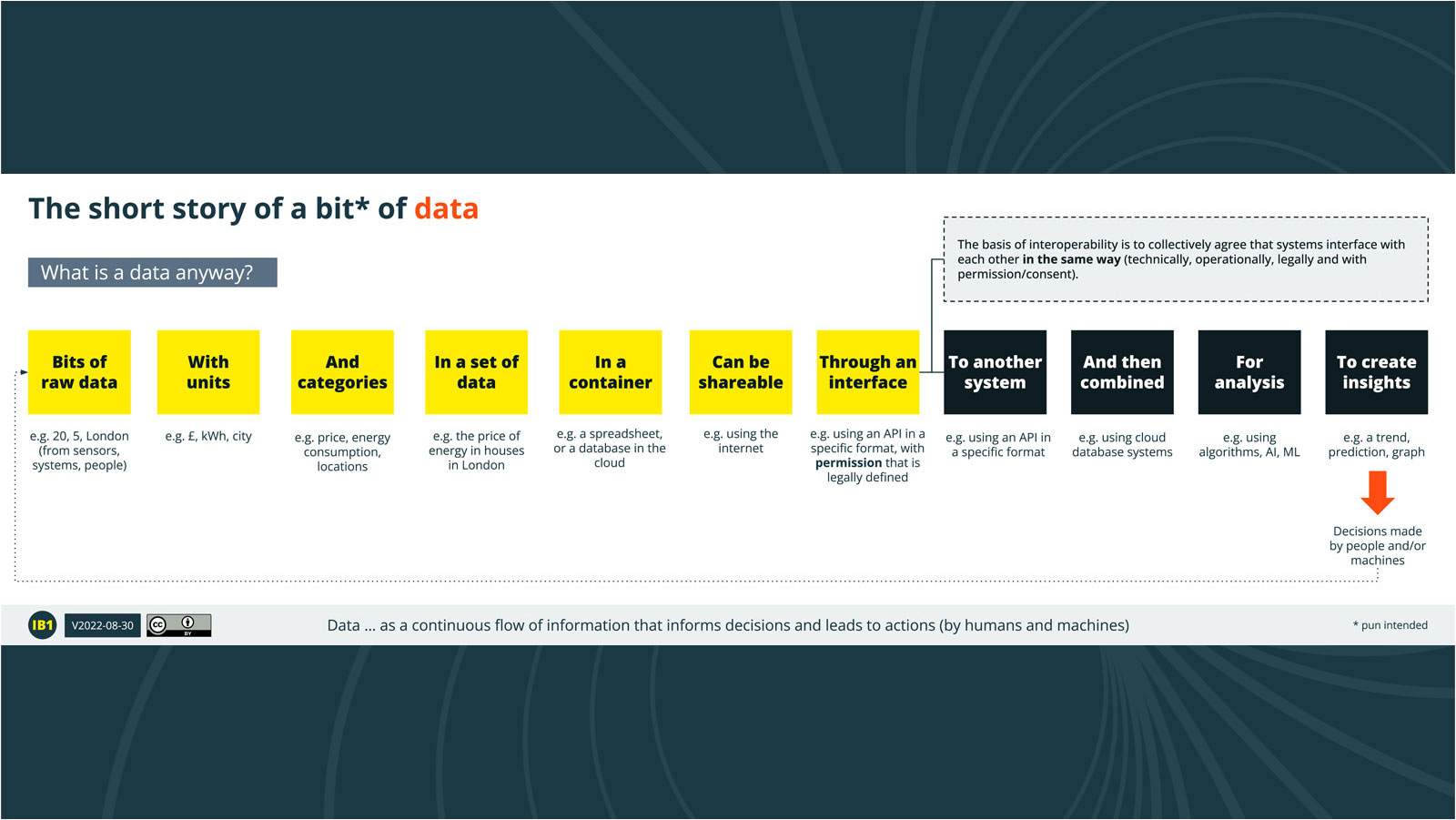Are you confused about data, what it is and how easy it is to get lost?
The picture above might help (click below to get a larger copy).

What do all these data words mean?

| Data includes the raw facts or information (e.g. a measurement or statistic) |
| Data sets are collections of data (e.g. the data related to a specific report) |
| Data sets can have metadata — which is another set of data that describes what the underlying data is |
| Ontologies can be used by people to choose what to call things in the data (and metadata) |
| Taxonomies can be used by people to choose how to categorise data (and metadata) |
| Data models can be defined by people to combine and align data and metadata ontologies and taxonomies |
| Technical development communities combine all the models, taxonomies and ontologies into Data Standards |
| To understand what is allowed to be done with the data requires an understanding of Data Rights |
| Environmental and financial taxonomies also categorise things, but these definitions (often also called frameworks) can be at a high–level and not at the granular level of a data taxonomy. This means there is a gap between ‘what the environmental and financial people need’ and ‘what the engineers are actually building (or able to build’). The word standard is used at so many different levels it’s bewildering. All of this just shows the ‘flow’ of data to an application. For the data to flow the systems need to know that they are allowed to let it flow. The rights that organisations have to allow data to flow can now be turned into code and included in the metadata, to machines can do this faster and, crucially, at scale. |
If you’d like to help us improve this story, please comment directly on these open slides.

